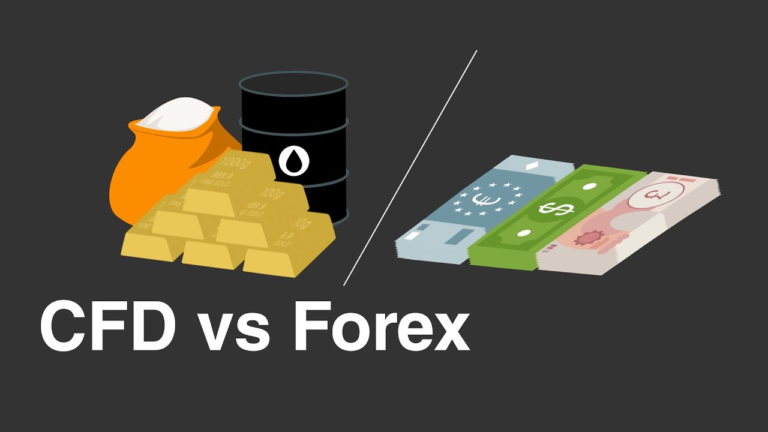When building a trading or investment strategy, choosing the right financial instrument is crucial. CFDs (Contracts for Difference) and ETFs (Exchange-Traded Funds) are two popular options, each catering to different styles and objectives. While CFD trading are favored for short-term speculation and flexibility, ETFs appeal to investors seeking diversification and longer-term growth. Understanding the key differences can help you decide which aligns best with your investment goals.
What Are CFDs and ETFs?
CFDs are derivative products that allow traders to speculate on the price movements of an asset without owning it. With CFD trading, you can profit from both rising and falling markets by going long or short. They are commonly used for trading stocks, indices, forex, and commodities.
ETFs, on the other hand, are funds that track the performance of a specific index, sector, or asset class. They are traded on stock exchanges like individual stocks and provide exposure to a basket of assets. ETFs are typically used for long-term investing and diversification.
Key Differences Between CFDs and ETFs
1. Ownership
CFDs do not involve ownership of the underlying asset. You’re trading on the asset’s price movements. ETFs, however, represent actual ownership of the underlying securities within the fund, giving you indirect exposure to the assets it tracks.
2. Leverage
CFDs offer leverage, allowing you to control large positions with a small upfront investment. This amplifies both potential gains and losses. ETFs are not leveraged by default, making them a less risky option for long-term investors.
3. Market Approach
CFDs are ideal for short-term trading and speculative strategies, often appealing to active traders who thrive on market volatility. ETFs are better suited for long-term investment goals, offering stability and passive exposure to markets.
4. Costs
CFDs incur costs like spreads, overnight financing fees, and commissions. These can add up quickly for longer-term trades. ETFs have lower ongoing costs, such as management fees, and do not charge financing fees since they don’t involve leverage.
5. Risk Profile
CFDs are inherently riskier due to their leveraged nature and exposure to short-term market fluctuations. ETFs, with their diversified structure and lack of leverage, are generally considered safer for conservative investors.
When to Choose CFDs
- You’re a Short-Term Trader
CFDs are designed for active traders who aim to capitalize on short-term price movements. If you thrive on market volatility and have a solid risk management strategy, CFDs might be a better fit. - You Want to Trade with Leverage
The ability to amplify your market exposure with leverage makes CFDs attractive for those with smaller capital but higher risk tolerance. - You’re Interested in Diverse Markets
CFDs allow access to a wide range of markets, including forex, commodities, and indices, all from a single trading platform. - You Need Flexibility
CFDs allow you to go long or short, giving you the flexibility to profit from both bullish and bearish market conditions.
When to Choose ETFs
- You’re a Long-Term Investor
ETFs are ideal for those seeking steady growth over time. Their diversified nature reduces risk, making them suitable for retirement planning or wealth preservation. - You Prefer Low Costs
ETFs have lower fees compared to CFDs, especially for long-term holdings. This makes them cost-effective for passive investors. - You Value Diversification
ETFs provide exposure to a basket of assets, such as an index, sector, or region, reducing the impact of individual asset volatility. - You’re Risk-Averse
Without leverage and with built-in diversification, ETFs offer a safer option for conservative investors.
Deciding between CFDs and ETFs depends on your investment goals, risk tolerance, and trading style. If you’re a short-term trader seeking flexibility and leverage, CFD trading provide the tools you need. However, if you’re focused on long-term growth and diversification with minimal risk, ETFs are a more suitable option.
By understanding the unique advantages and limitations of each instrument, you can make informed decisions and create a strategy that aligns perfectly with your financial objectives. Whether you choose CFDs, ETFs, or a combination of both, the key is staying informed and adaptable in an ever-changing market landscape.
Read More: gamepcx
